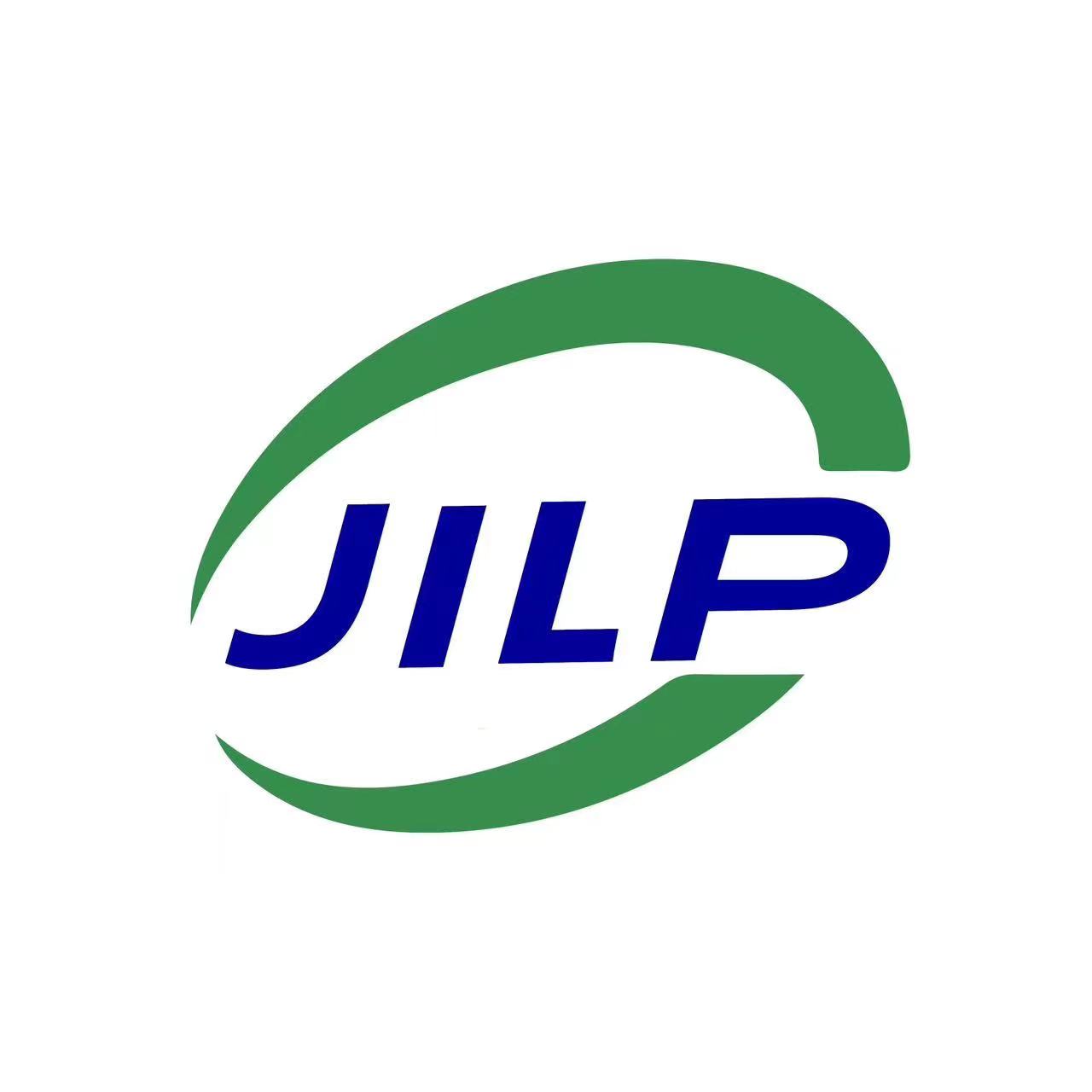Tungsten Carbide Seal Ring Surface Finish: Implications for Performance and Longevity
Tungsten Carbide Seal Ring Surface Finish: Implications for Performance and Longevity
Introduction:
Tungsten carbide seal rings are widely used in various industries, such as oil and gas, mining, automotive, and aerospace, due to their excellent mechanical properties and resistance to wear. The surface finish of these seal rings plays a crucial role in determining their performance and longevity. In this article, we will explore the implications of different surface finishes on the performance and longevity of tungsten carbide seal rings, highlighting the key factors influencing their effectiveness.
Factors Affecting Surface Finish:
1. Manufacturing Process:
The manufacturing process used to produce tungsten carbide seal rings significantly impacts their surface finish. Various techniques, such as grinding, lapping, honing, and polishing, can be employed to achieve the desired surface roughness. Each technique has its advantages and limitations, influencing the final surface finish and, consequently, the seal ring's performance.
2. Surface Roughness:
Surface roughness is a critical parameter that affects the performance of tungsten carbide seal rings. The roughness is generally measured using the average roughness value (Ra). A lower Ra value indicates a smoother surface finish, resulting in reduced friction and wear. The Ra value can be controlled during manufacturing, ensuring the desired surface quality for optimal seal ring performance.
Impact of Surface Finish on Performance:
1. Friction and Wear:
The surface finish of tungsten carbide seal rings directly affects their frictional behavior and resistance to wear. A smoother surface finish reduces friction during operation, leading to lower energy losses and improved sealing capabilities. Additionally, a well-finished seal ring experiences reduced wear, enhancing its longevity in demanding environments.
2. Leakage and Seal Integrity:
The surface finish plays a crucial role in maintaining a reliable seal to prevent fluid leakages. A rough or imperfect surface can compromise the integrity of the seal, resulting in leakages and potential system failures. Optimal surface finish ensures a tight and reliable seal, minimizing leakage risks and maintaining system performance.
Implications for Longevity:
1. Corrosion Resistance:
The surface finish of tungsten carbide seal rings can enhance their corrosion resistance, particularly in corrosive environments. A smoother finish with fewer imperfections is less susceptible to chemical attack, improving the seal ring's longevity. Corrosion-resistant seal rings ensure prolonged operation and protect critical equipment in harsh conditions.
2. Material Adhesion:
A polished surface finish discourages material adhesion, preventing debris buildup and potential seal failure. If particles adhere to the seal rings, it can lead to increased friction, wear, and decreased performance over time. Thus, a refined surface finish reduces the risk of material adhesion, promoting optimal seal ring functionality.
Best Practices for Surface Finish:
1. Precision Grinding:
Precision grinding is often employed to achieve the desired surface finish in tungsten carbide seal rings. This process ensures accurate control over surface roughness, resulting in smoother finishes with minimal imperfections. Precision grinding techniques, such as diamond grinding, offer superior surface quality and consistency.
2. Polishing and Coating:
Polishing the seal ring's surface can further improve its smoothness and reduce roughness. Additionally, applying suitable coatings can enhance the surface finish and provide additional benefits like increased corrosion resistance, reduced friction, and improved wear resistance. These practices extend the seal ring's lifespan and enhance its overall performance.
Conclusion:
The surface finish of tungsten carbide seal rings significantly affects their performance and longevity. Achieving the optimal surface roughness through precision grinding and polishing techniques promotes reduced friction, enhanced wear resistance, improved seal integrity, and prolonged lifespan. Moreover, surface finishes with corrosion-resistant coatings provide additional protection in challenging environments. Industries relying on tungsten carbide seal rings must carefully consider surface finish specifications to ensure optimal performance and prevent premature failures.











